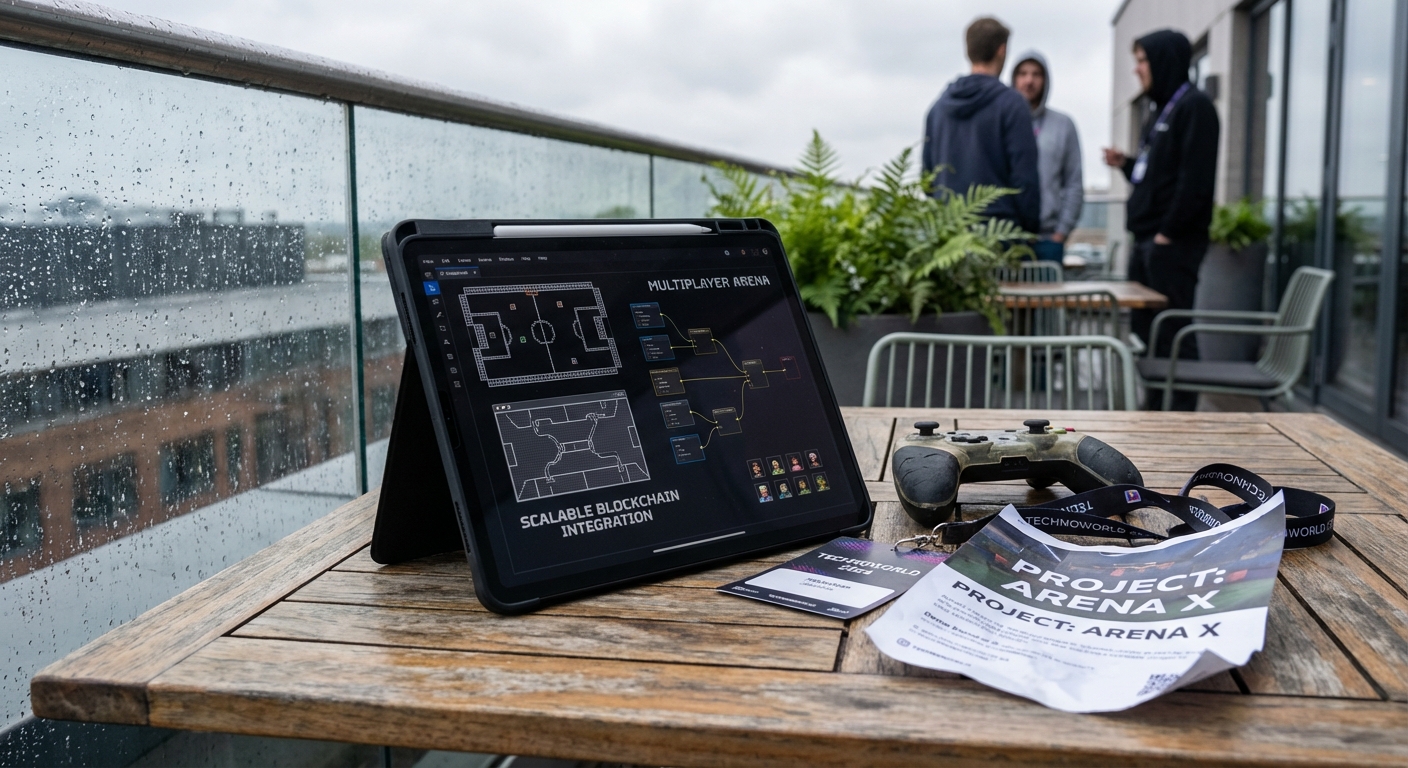Technical Challenges and Solutions in Developing Fully On-Chain Games
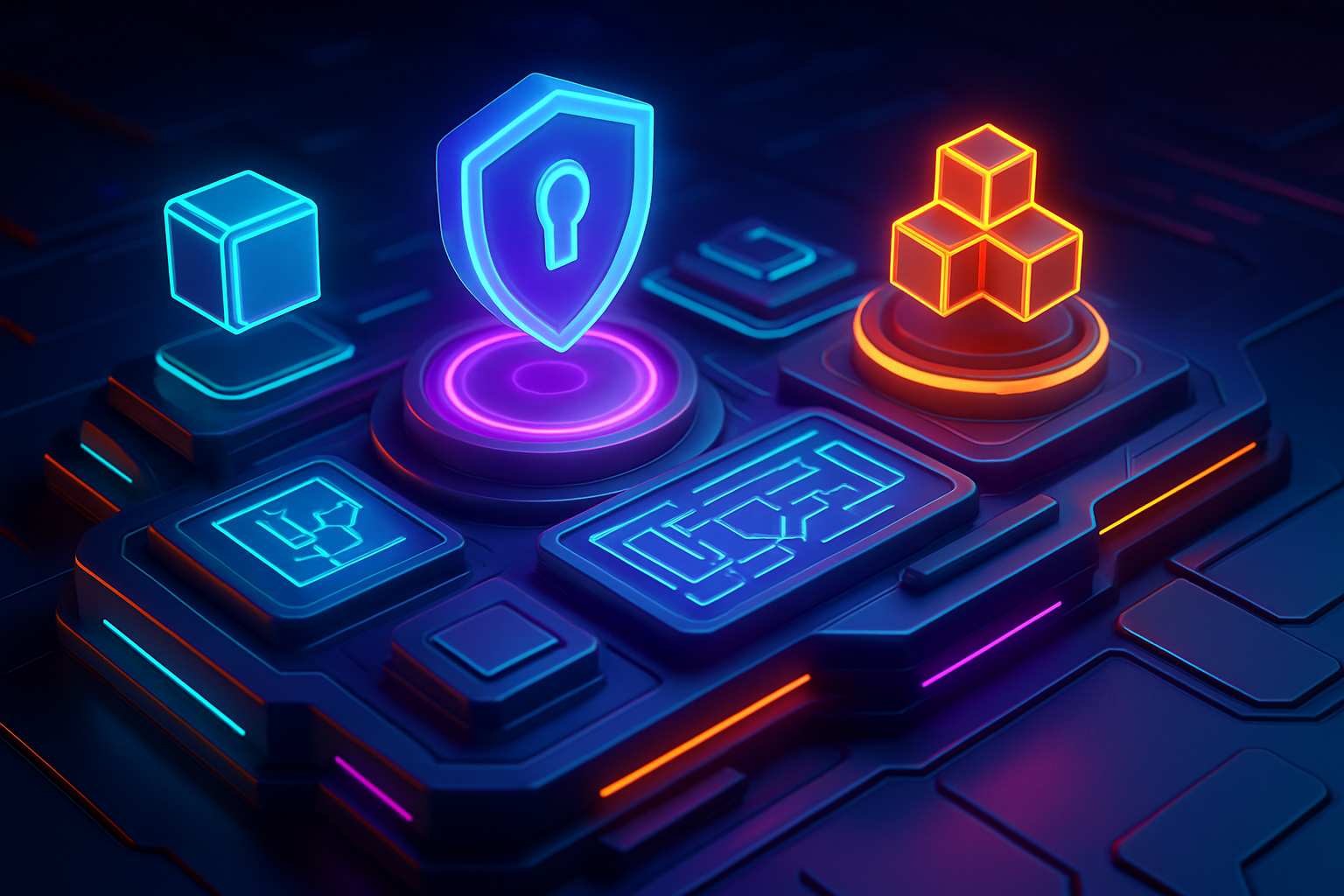
Fully on-chain game development is moving fast, with frameworks like MUD and Dojo leading the charge. But building games where every action, asset, and outcome is executed directly on-chain isn’t just about writing smart contracts. It’s a technical minefield. From ensuring fair randomness to scaling game state and managing assets without middlemen, the challenges are real – and the solutions must be robust.
Randomness: The Backbone of Fair Play
Challenge: Secure and verifiable randomness is non-negotiable for fair on-chain games. Whether it’s loot drops or critical dice rolls, if randomness can be manipulated, trust collapses fast. Traditional blockchains are deterministic by design, making it notoriously difficult to generate unpredictable outcomes that can’t be gamed by miners or validators.
Solution: Integration of on-chain randomness oracles is now the gold standard. MUD and Dojo developers are leveraging solutions like Chainlink VRF and Starknet’s native randomness to inject tamper-proof entropy directly into their games. These oracles deliver cryptographically verifiable random numbers that can be audited by anyone, ensuring that every player knows the odds are real – not rigged.
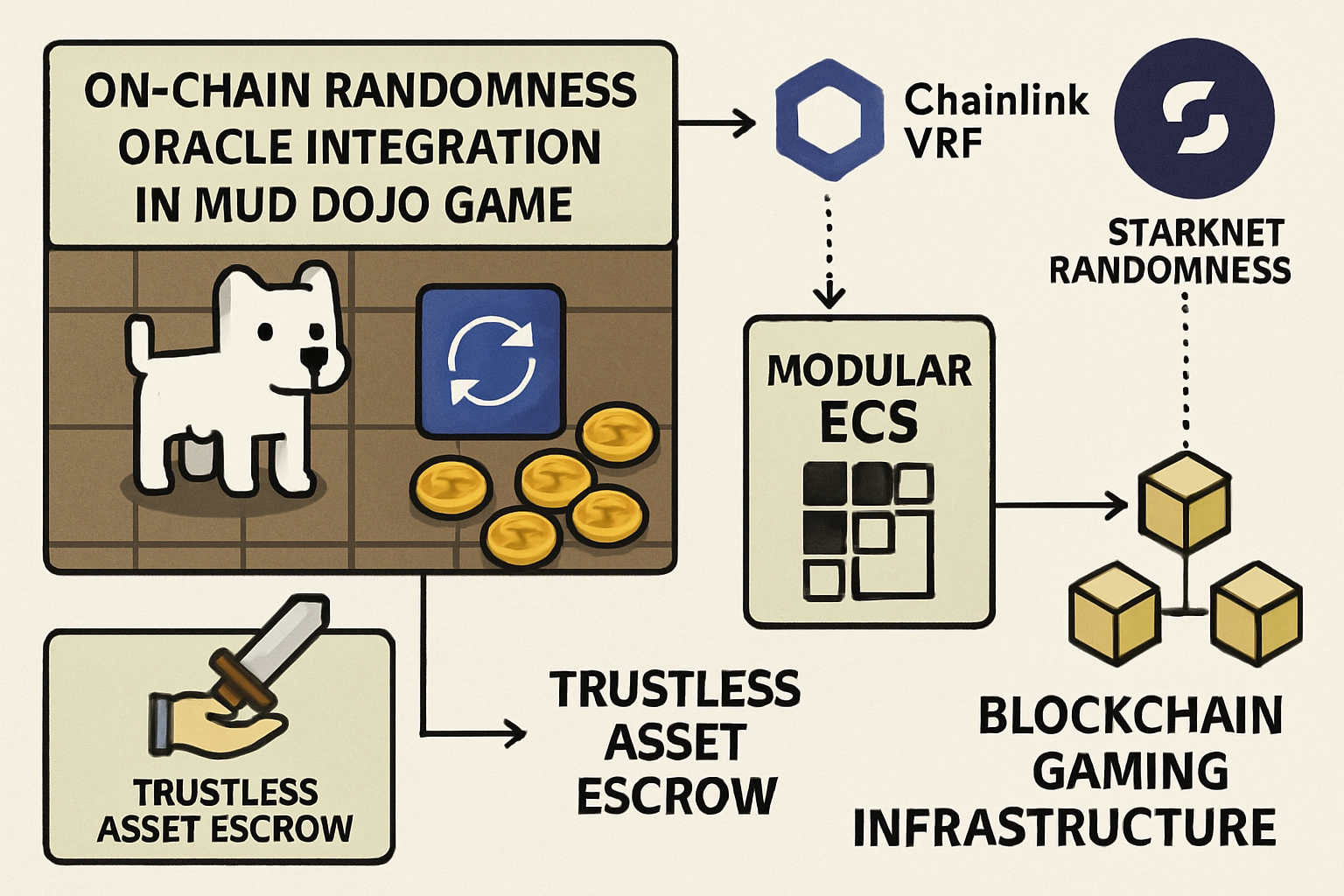
This approach hardens core mechanics against manipulation while keeping everything transparent. For a deeper dive into why this matters for DAW (Decentralized Autonomous Worlds) engines, check out the discussion on on-chain user experience challenges.
Pushing Throughput: State Management and Scalability
Challenge: Blockchains weren’t built for high-frequency state changes or massive multiplayer interactions. Every update costs gas and clogs up throughput. If you try to run a full-featured MMO directly on Ethereum mainnet today, you’ll either bankrupt your players or grind your game to a halt.
Solution: MUD and Dojo attack this head-on with a modular ECS (Entity Component System) architecture combined with rollups and state diffing techniques. ECS breaks down game logic into reusable components attached to entities (think characters, items, environments). This modularity means only relevant state changes are written on-chain – not entire monolithic updates.
Top Technical Challenges in Fully On-Chain Games
-
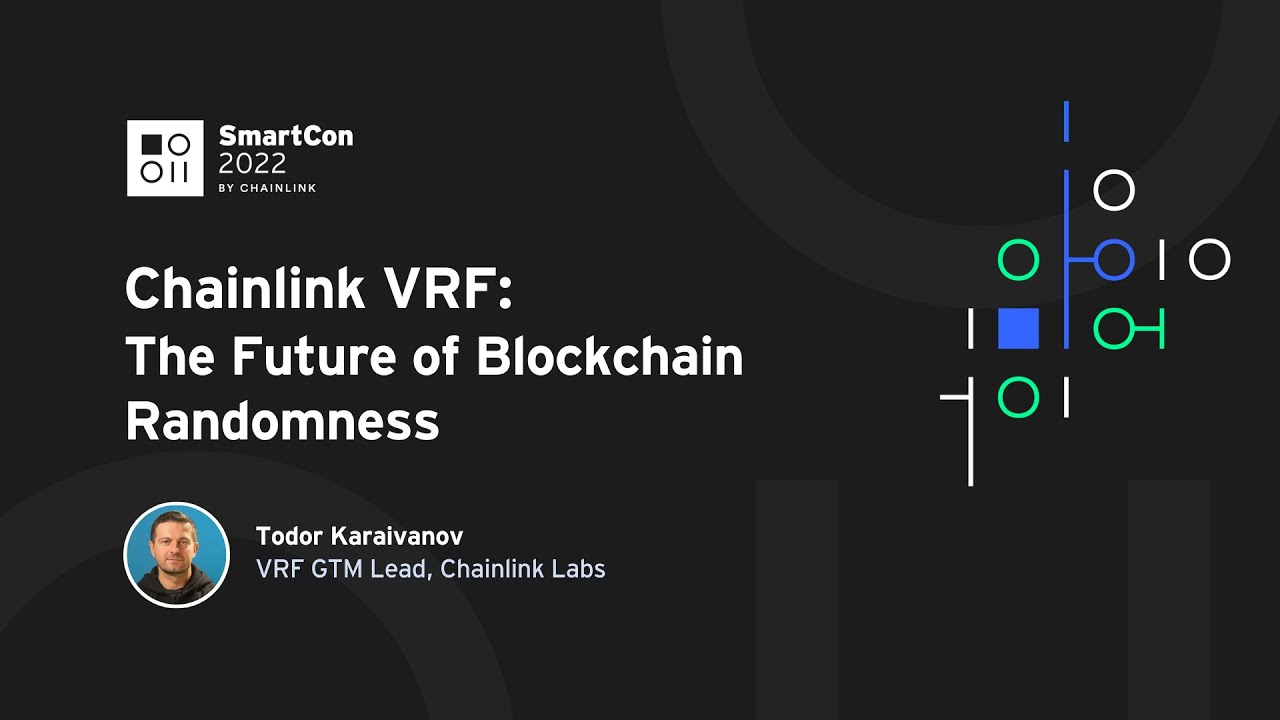
Challenge: Secure and Verifiable Randomness — Solution: Integration of On-Chain Randomness Oracles (e.g., Chainlink VRF, Starknet native randomness) within MUD/Dojo to ensure tamper-proof game outcomes and fair mechanics.
-
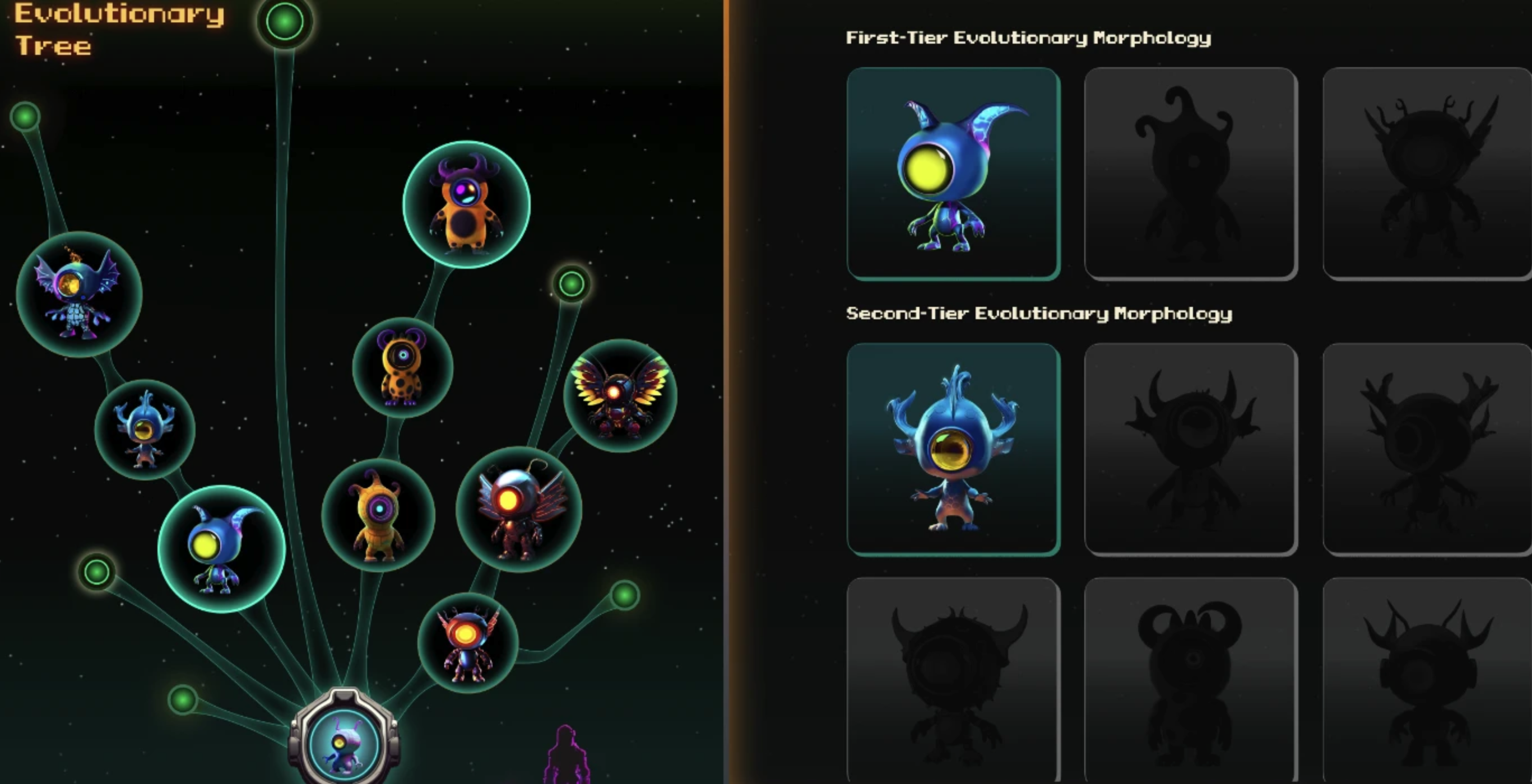
Challenge: Efficient State Management and Scalability — Solution: Use of modular ECS (Entity Component System) architecture in MUD/Dojo, leveraging rollups and state diffing to minimize on-chain storage costs and enable high-throughput gameplay.
-
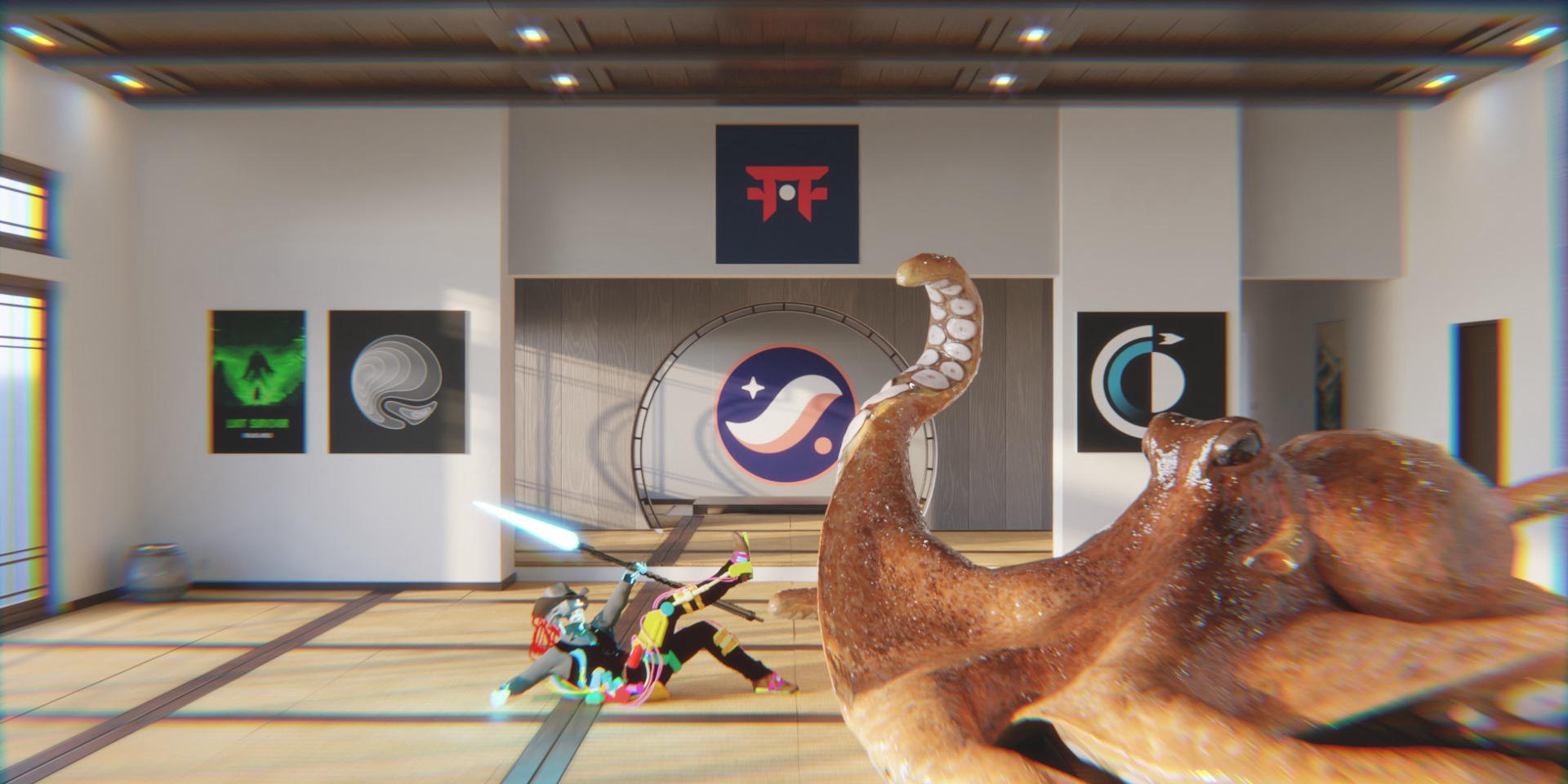
Challenge: Trustless In-Game Asset Escrow — Solution: Implementation of composable smart contracts in MUD/Dojo that handle asset escrow, trades, and settlements natively on-chain, eliminating reliance on centralized intermediaries.
Add rollups into the mix – particularly Optimistic Rollups or zk-Rollups – and you get off-chain processing with periodic batched settlement back onto L1. The result? Transaction costs plummet while throughput soars. State diffing further reduces bloat by only storing what actually changed since the last block.
This isn’t theory; it’s already powering live experiments in autonomous worlds built with MUD/Dojo frameworks as highlighted by GAM3S.GG’s analysis of FOCG challenges.
No More Middlemen: Trustless In-Game Asset Escrow
Challenge: Players want bulletproof ownership of their in-game assets – not IOUs from a centralized server that can vanish overnight. But actually managing trades, escrows, and settlements entirely on-chain without sacrificing composability or user experience is tough.
Solution: The answer lies in composable smart contracts built natively within MUD/Dojo stacks. By handling asset escrow logic directly in smart contracts – not off-chain databases – developers eliminate reliance on any trusted third party. Trades become atomic: either both sides settle instantly or nothing happens at all.
This approach enables complex trading systems like auctions or lending markets to operate transparently within game universes while preserving player sovereignty over digital goods.
What’s particularly powerful here is the level of composability and interoperability this unlocks. In a fully on-chain game powered by MUD or Dojo, assets aren’t locked to one title or ecosystem. Instead, trustless escrow contracts can interact with other protocols, enabling cross-game economies and secondary markets without centralized gatekeepers. Players retain provable ownership at all times, and developers can build complex mechanics, like lending, renting, or fractionalizing in-game items, without worrying about rug pulls or opaque custodianship.
This isn’t just technical hygiene, it’s a paradigm shift for digital property rights in gaming. Composable escrow logic lets games plug into DeFi primitives, DAOs, and even other autonomous worlds. The result? A new breed of emergent gameplay where economic activity is as much a part of the experience as the core game loop itself.
The Road Ahead: Ecosystem Impact and Player Experience
The convergence of secure randomness, modular state management, and trustless escrow is already redefining what’s possible in blockchain gaming. But it’s not just about backend architecture, it’s about unlocking new player experiences:
- Provably Fair Gameplay: No more hidden odds or questionable outcomes, every roll, drop, or match result is verifiable on-chain.
- Massive Worlds at Scale: ECS and rollups mean devs can build sprawling persistent worlds with thousands of concurrent players, without breaking the bank on gas fees.
- True Asset Ownership: Players can freely trade, lend, or migrate their items across games, no more walled gardens.
This stack isn’t just theoretical. Projects emerging from recent hackathons, like ETH AW and Pragma, are stress-testing these solutions live. As frameworks like MUD and Dojo mature, expect to see even more seamless integrations between on-chain games and broader Web3 infrastructure.
If you’re a developer looking to break into fully on-chain gaming, or a player hungry for provable fairness, the time to pay attention is now. The technical hurdles are real but shrinking fast as open-source innovation accelerates across the stack.
The next wave of games won’t just be built on blockchains, they’ll be defined by them. And with MUD/Dojo leading the charge on randomness, scalability, and trustless asset management, the future of play is wide open for those ready to move fast and build without compromise.




